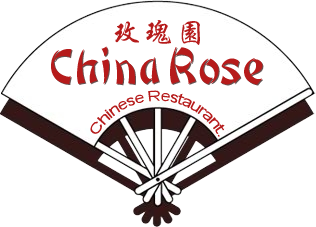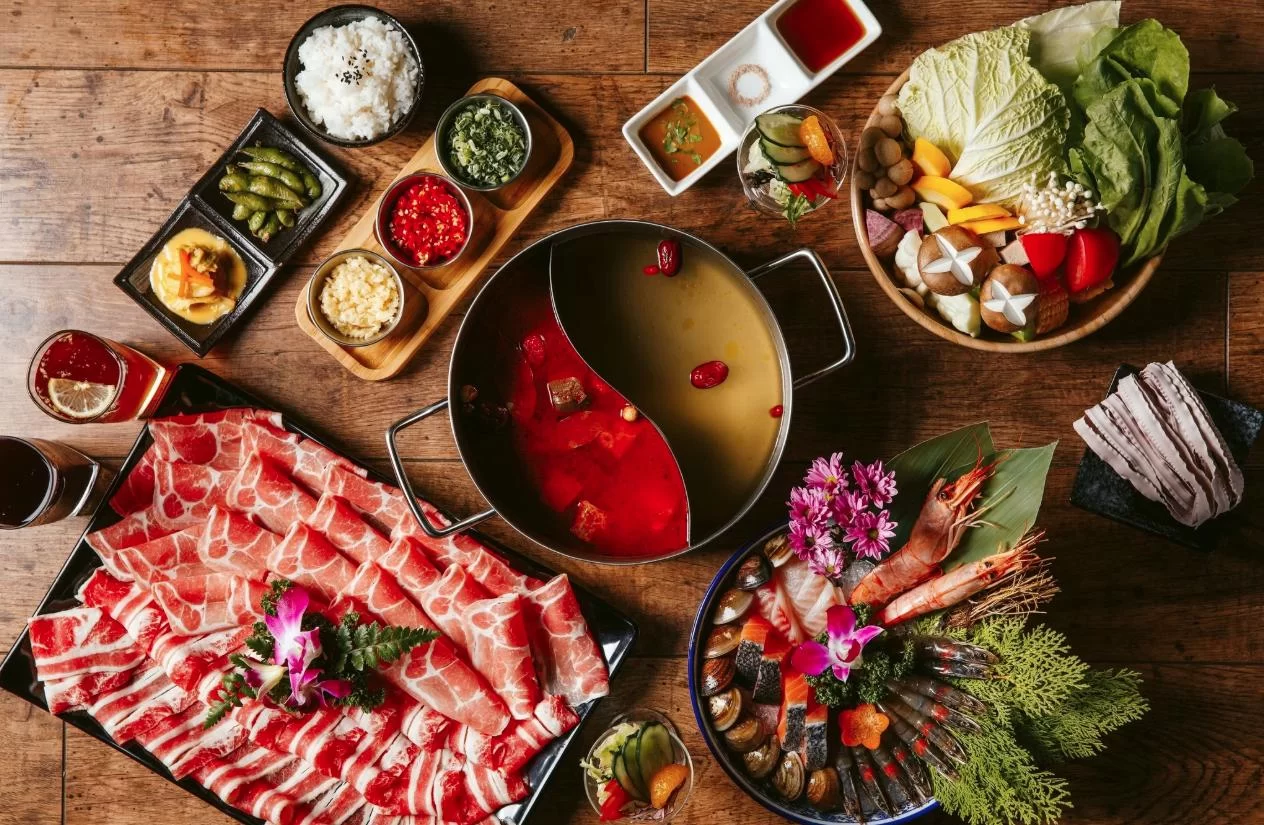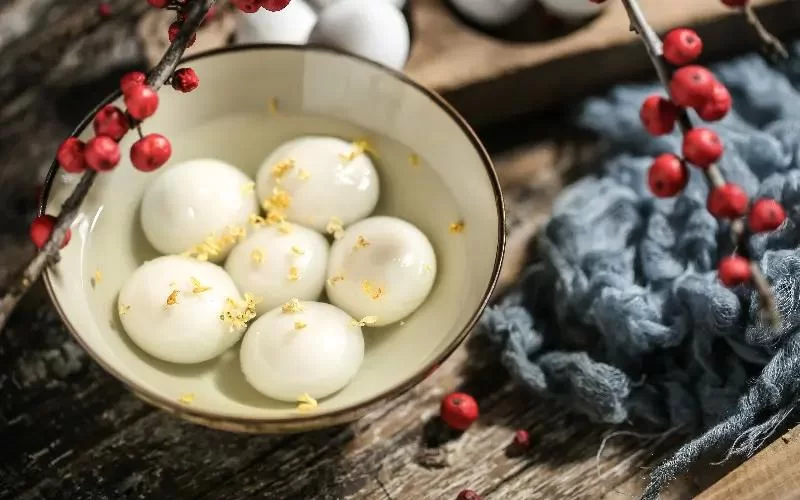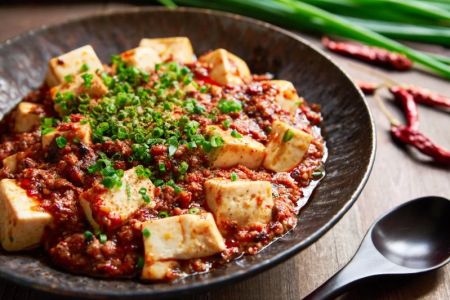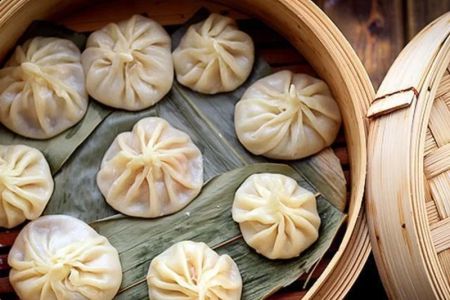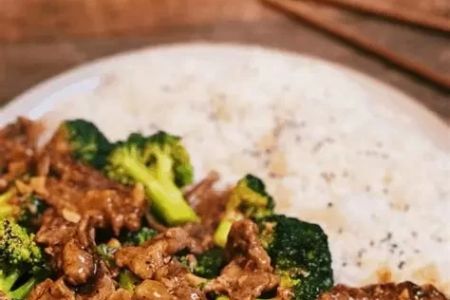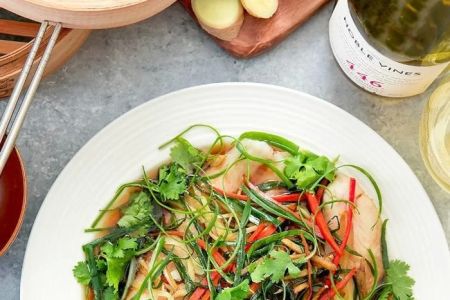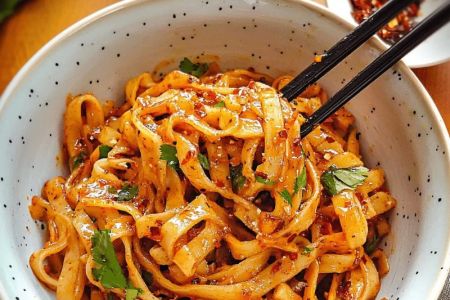- what-is-a-chino-food
- chino-food-origins-and-evolution
- how-chino-food-differs-from-traditional-chinese-cuisine
- popular-examples-and-real-life-experiences
- chino-food-and-cultural-identity
- where-to-discover-authentic-chino-food
1. What Is a Chino Food?
The term "Chino food" may sound unfamiliar at first, but it carries a layered cultural and culinary meaning. At its core, Chino food refers to a unique blend of traditional Chinese cooking styles with Latin American, primarily Mexican or Peruvian, and sometimes American influences. It's a culinary crossover that emerged from immigrant communities, particularly where Chinese immigrants settled in Latin America and the United States. Over time, these communities adapted their cooking styles to local tastes, ingredients, and cultural preferences.
So when someone asks, "What is a Chino food?" the answer is not just a dish—it’s a story. A story of migration, adaptation, and flavor fusion. In Spanish-speaking countries, "chino" is often used colloquially to refer to Chinese people, and the term has made its way into popular culture to represent this fusion cuisine.
2. Chino Food Origins and Evolution
The roots of Chino food stretch back to the 19th and early 20th centuries when Chinese laborers emigrated to places like Peru, Mexico, and California. These early immigrants brought their culinary traditions but soon faced challenges in sourcing familiar ingredients. Out of necessity, they began incorporating local produce, meats, and spices into their dishes, giving birth to a new hybrid cuisine.
In Peru, this gave rise to the famous chifa cuisine—one of the most recognizable forms of Chino food. Chifa is a Peruvian-Chinese culinary tradition that includes dishes like arroz chaufa (fried rice) and lomo saltado (a stir-fry of beef, onions, and tomatoes with soy sauce and Peruvian seasoning).
In Mexico and the Southwestern U.S., Chinese restaurants began offering tacos with stir-fried meats or burritos filled with sweet-and-sour chicken. This evolution wasn't just about food; it was about communities finding their place through flavor.
3. How Chino Food Differs from Traditional Chinese Cuisine
Traditional Chinese cuisine is regionally diverse, from the fiery spice of Sichuan to the delicate dim sum of Cantonese cooking. Chino food, however, doesn't adhere strictly to any one of these regional identities. Instead, it reinterprets them through the lens of the culture it has merged with.
Key differences include the use of local ingredients like plantains, cilantro, and jalapeños, and cooking techniques that borrow from Latin traditions such as grilling or marinating meats in citrus juices. Soy sauce might share the plate with adobo, and rice might be stir-fried with poblano peppers.
The result is a flavor that’s neither wholly Chinese nor entirely Latin American—but something compellingly in between. This hybrid flavor profile is what makes Chino food particularly unique and increasingly popular in multicultural dining scenes.
4. Popular Examples and Real-Life Experiences
A real-world example of Chino food is the Los Angeles-based restaurant "Chino Bandido," which creatively blends Chinese, Mexican, and Caribbean cuisine. Dishes like jade red chicken burritos or teriyaki quesadillas exemplify this delightful fusion.
Maria Chen, a second-generation Chinese-Peruvian chef in New York, recalls her grandmother making chaufa with soy sauce and aji amarillo peppers, often alongside roasted pork and fried yucca. "It wasn’t what you'd find in Beijing or Lima alone—it was something new, something ours," she says.
These stories make it clear that Chino food is deeply personal and reflective of multicultural identity. It resonates not just because of the taste, but because of the histories behind it.
5. Chino Food and Cultural Identity
Chino food isn't just about what ends up on the plate—it's a reflection of cultural resilience and adaptation. For many immigrant families, these fusion recipes became a way to preserve heritage while also integrating into a new society.
It serves as a bridge between generations, languages, and borders. Children of immigrants may not speak fluent Mandarin or Spanish, but they remember how their parents combined soy sauce with tortillas, or made dumplings filled with spiced beef. Chino food becomes a form of edible memory.
In a world where identity is increasingly complex and layered, Chino food offers a delicious reminder that cultural blending can lead to something uniquely powerful and deeply comforting.
6. Where to Discover Authentic Chino Food
If you're intrigued by the idea of Chino food and eager to try it yourself, you don’t need to look far. Many fusion eateries in cities with large immigrant populations—like Los Angeles, San Francisco, Lima, and Mexico City—offer authentic versions of these dishes.
For those wanting a curated experience, visiting our site, Chinese Food, is a great way to discover the most suitable products, restaurants, or services related to Chino cuisine. Whether you're a home cook or a curious foodie, you'll find resources to help you explore and appreciate this vibrant culinary tradition.
From soy-sauce-laced tacos to wok-fried Peruvian lomo, Chino food is a celebration of cross-cultural creativity. It may have started in humble kitchens, but today, it has found its place on the global culinary map.
